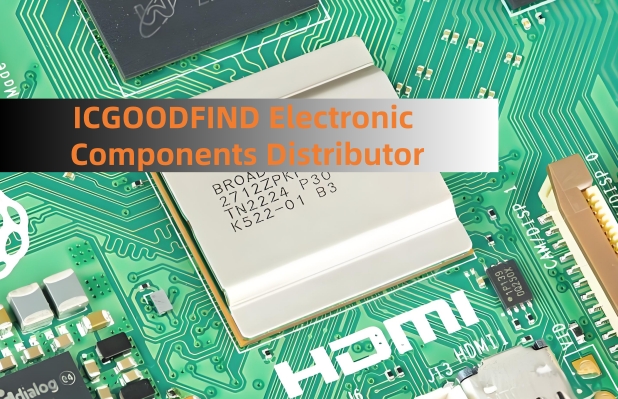Broadcom BCM6358SKFBG: A Comprehensive Technical Overview
The Broadcom BCM6358SKFBG is a highly integrated system-on-a-chip (SoC) designed primarily for residential gateway applications, including ADSL2+ routers and integrated access devices (IADs). As a cornerstone of many mid-2000s networking products, this processor combined critical functionalities onto a single die, offering a cost-effective and power-efficient solution for bringing high-speed internet and multimedia services into the home.
Architecture and Core Components
At its heart, the BCM6358 features a MIPS32 architecture CPU core, typically clocked at speeds up to 300 MHz. This provided sufficient processing power to handle network address translation (NAT), firewall duties, and quality of service (QoS) for burgeoning broadband connections.
Its integration is a key strength. The chip incorporates an ADSL2+ transceiver, eliminating the need for a separate modem chip. This transceiver supports the full suite of ADSL2/2+ standards, enabling maximum downstream data rates of up to 24 Mbps. For local connectivity, the SoC includes a 5-port 10/100 Fast Ethernet switch controller with an integrated physical layer (PHY) transceiver. This allows a router to connect multiple wired devices directly without additional components.
Further enhancing its feature set, the BCM6358 integrates a voice-over-IP (VoIP) subsystem with a dedicated DSP (Digital Signal Processor). This enabled manufacturers to design internet telephony solutions, such as analog telephone adapters (ATA), directly into the gateway hardware. Support for a USB 2.0 host controller was also common, allowing for shared network storage or printer connectivity.
Software and Ecosystem
The BCM6358 typically ran on a proprietary Real-Time Operating System (RTOS) provided by Broadcom. This closed ecosystem was stable and performant for its intended tasks but limited community-driven firmware development. However, its prevalence in devices from major vendors like Linksys (e.g., WAG300N), Netgear, and Thomson meant it played a significant role in the global adoption of broadband internet.

Legacy and Impact
While now considered a legacy platform, the BCM6358SKFBG was a workhorse of its era. It represented a significant step in the integration of modem, router, switch, and VoIP functionalities. Its design principles of high integration and cost reduction directly paved the way for the more powerful SoCs that power today's Gigabit fiber and Wi-Fi 6/7 routers. For many, this chip was the unseen engine behind their first true high-speed internet experience.
The Broadcom BCM6358SKFBG was a pivotal, highly integrated SoC that consolidated ADSL2+ modem, routing, switching, and VoIP functionalities into a single chip. It was a dominant and cost-effective solution that powered a generation of residential gateways, driving the widespread adoption of broadband and multi-service home networks.
Keywords:
1. System-on-a-Chip (SoC)
2. ADSL2+ Transceiver
3. MIPS32 Architecture
4. Residential Gateway
5. VoIP Subsystem
